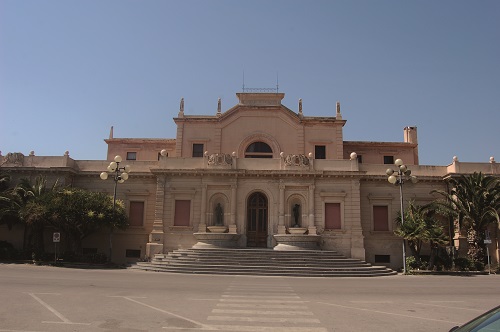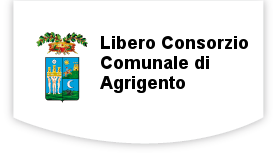
The resort at Sciacca is known not only for its natural beauty and excellent climate throughout the year, but also for the benefits of its thermal waters, a work created by the Selinuntini. It can be dated between the fifth and sixth centuries B.C. Archaeological studies have shown that the caves of the Monte Kronio nearby were inhabited from the Neolithic period until the age of copper. The ancient spas of Sciacca are the oldest baths used for therapeutic purposes in living history. They were frequented by the Romans who called them "Therme Selinuntinae" or "Aquae Larodes" or even "Aquae Labodes". Tradition has it that the inventor of the Terme di Sciacca was Daedalus, the ingenious architect, sculptor and inventor, indicating where to dig the rock of Mount Kronio. From the opening created, it was possible to cleverly collect hot steam coming out of the ground with jets up to 42 degrees with beneficial effects. The Greeks, Carthaginians and Romans, who on Mount Kronio celebrated rituals in honor of Saturn, were advised by their doctors to visit the curative waters of the Thermae Selinuntinae, which are known to be even more beneficial than those of Rome. Today, the steam treatment center is a modern building which from the outside shows no sign of its age-old historical journey. The history of Sciacca and its thermal baths has been linked to the black-skinned priest named Calogero, who arrived there in the fifth century A.D. and gave the place its holy reputation. He managed to drive out the pagan priests from Mount Kronio and with an intense apostolic work led the population to Christianity reinventing the therapeutic use of the steam baths. In '840 in Sciacca, as throughout the southern coast of Sicily, began the Arab domination whose presence has left its mark not only in the name Ash-shaqqah (from steam opening), but also in the urban structure, with a road structure, such as in some quarters, like the Rabato, where you can see the intricate and winding layout typical of Arab cities. Also remarkable was the subsequent development that the city had with the arrival of the Normans and Count Ruggero I, who in 1072 made it the center of the town. From the fifteenth century until the mid-sixteenth century, Sciacca enjoyed further economic expansion, based mainly on the transfer of goods and the strategic control of the Strait of Sicily, was enough to make it one of the richest and most powerful cities in Sicily. After, Sciacca, like many cities of Sicily, lived a period of decline until the beginning of 1800. In 1870 when they discovered several coral reefs, the city had a new economic recovery. This event, along with the main activity of the baths that over the years continued to grow the use of the beneficial qualities of the water, had a strategic role for the local economy. In ’800, it gave way to the construction of the first spas in the Valley dei bagni, while between 1928 and 1938, a new spa complex in Art Nouveau style was built within a park, which has been called the finest architectural achievement of the twentieth century in Sciacca.



